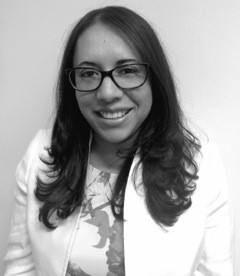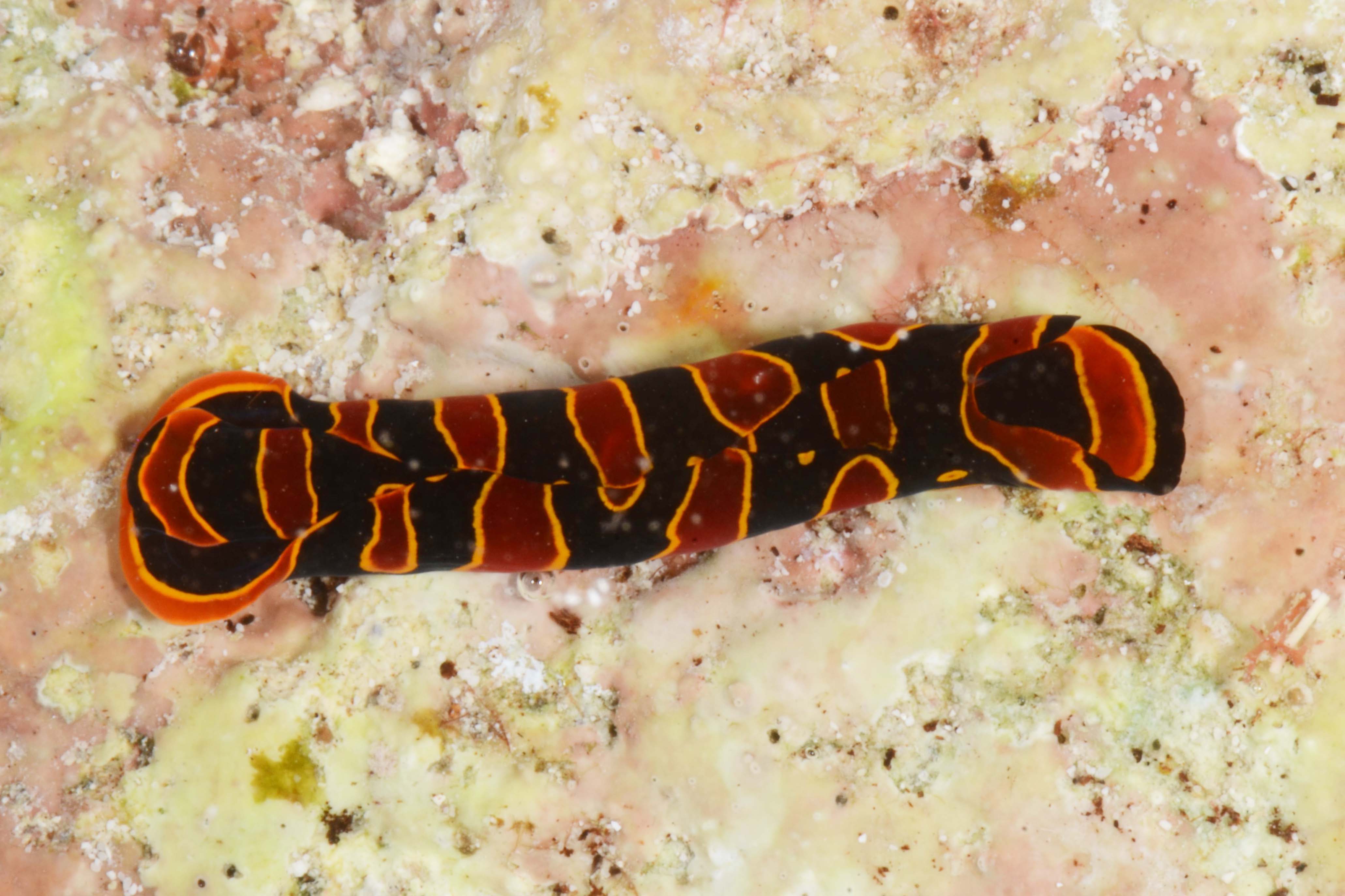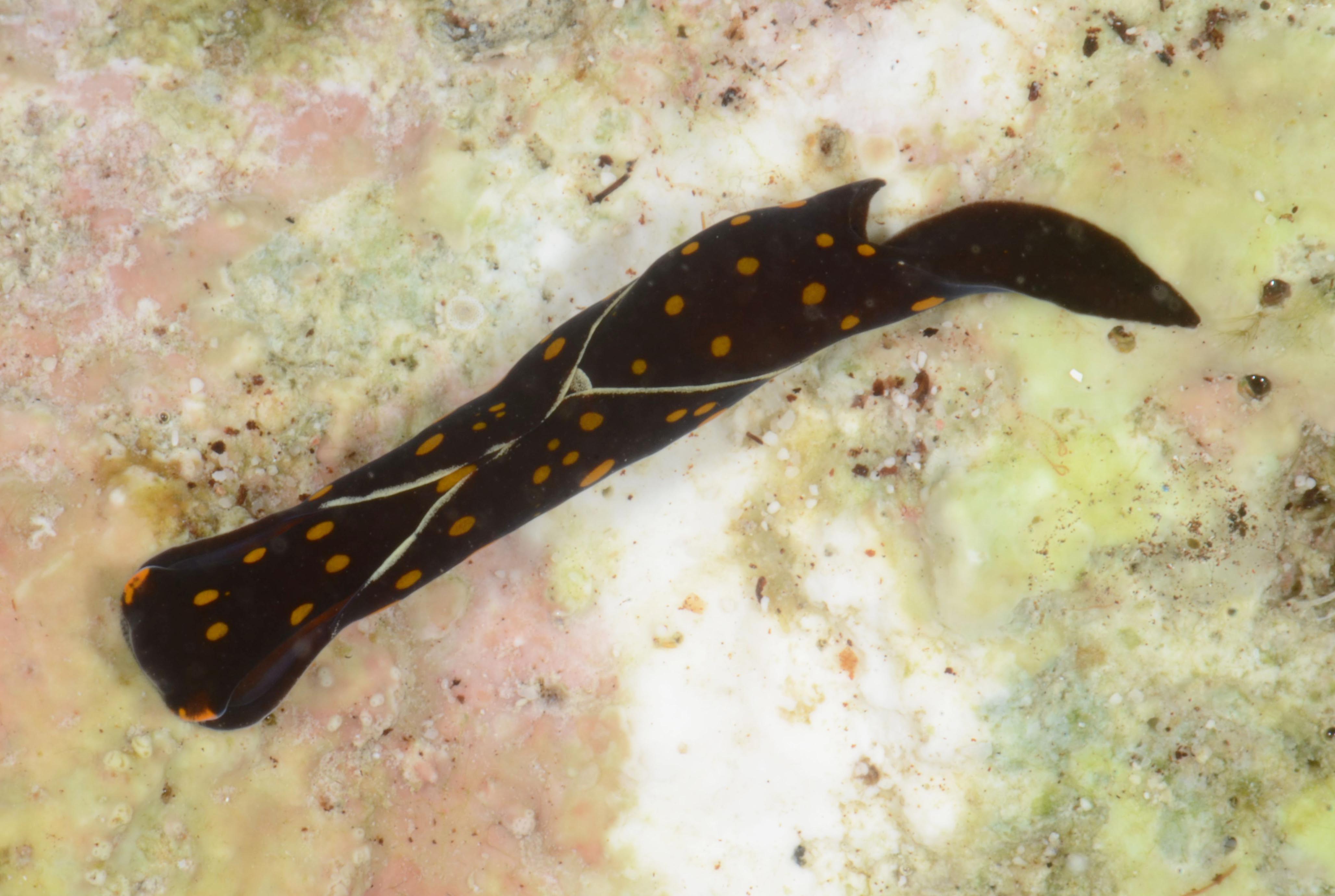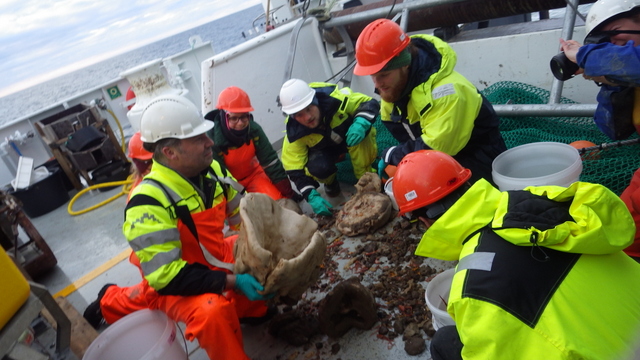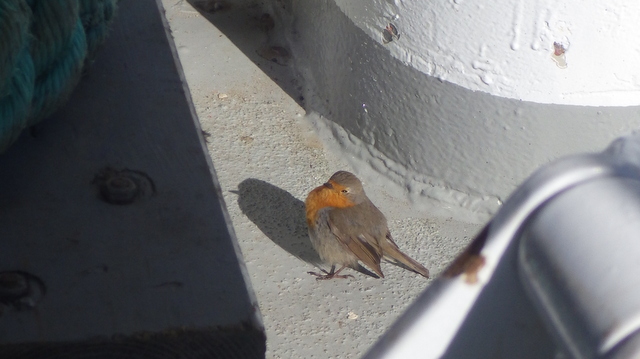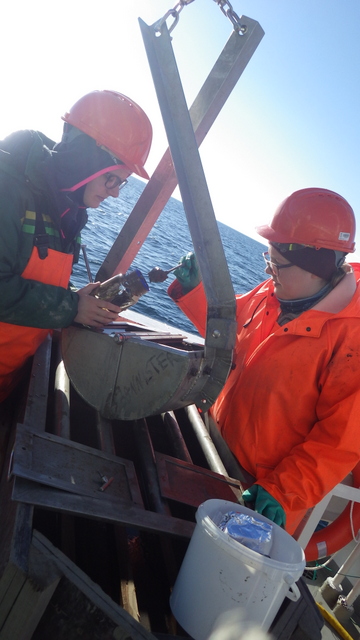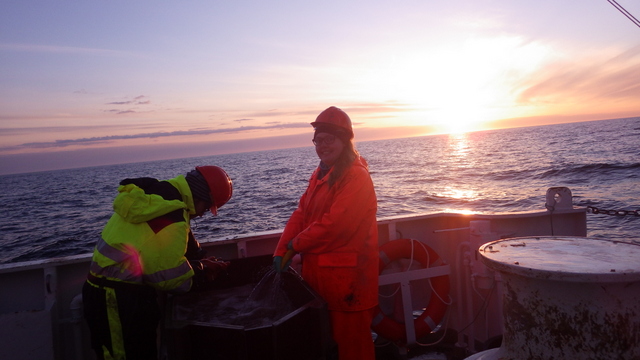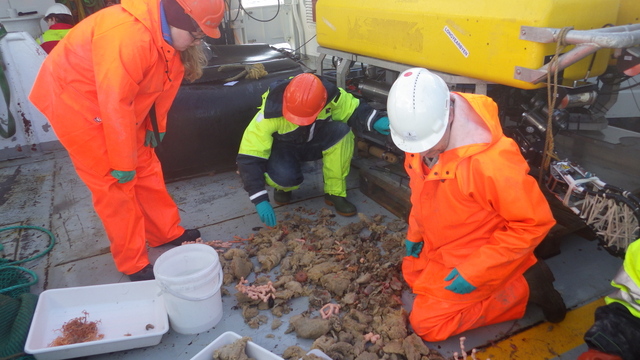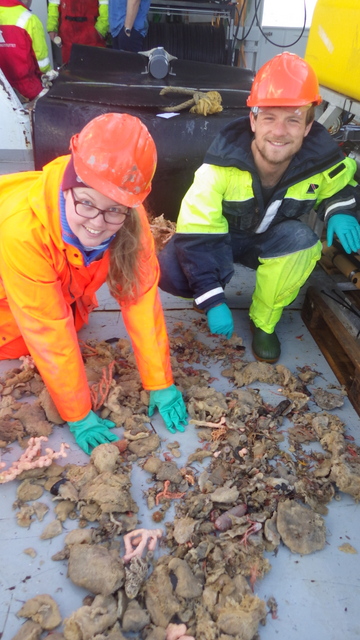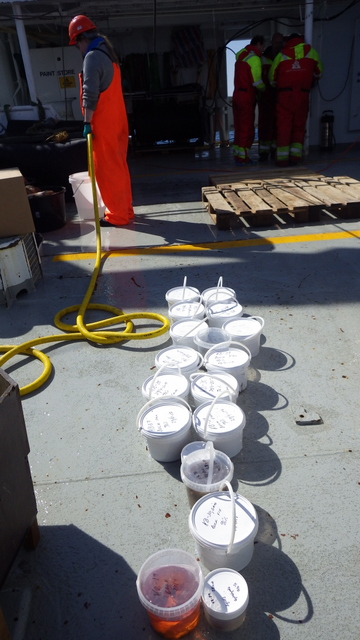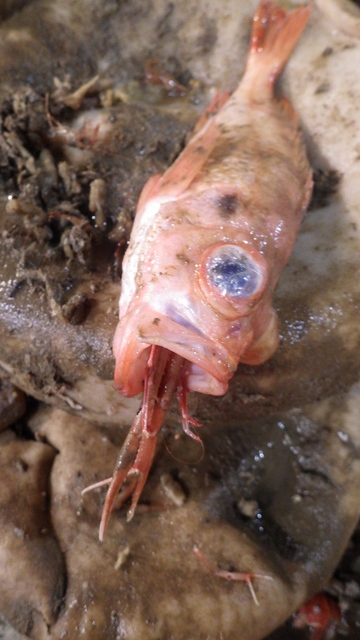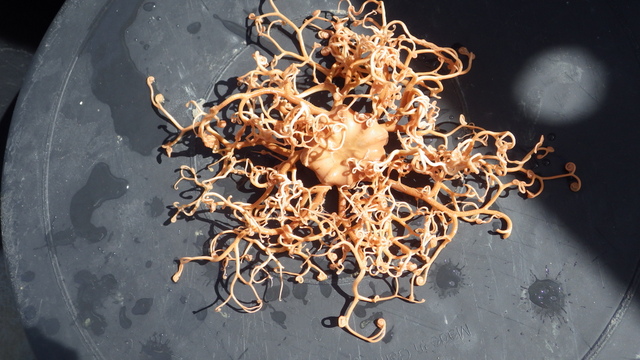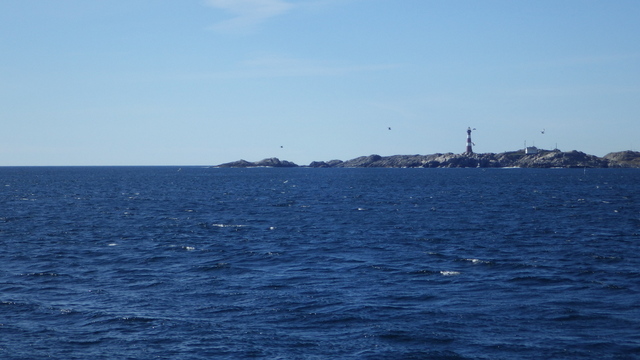After our week with SponGES on R/V Bonnevie, Luis and I had a night back in Bergen before we headed out on our second spring adventure: a four day cruise (still onboard Bonnevie) of Sognefjorden, the longest (205 km) and (deepest 1308 m) fjord in Norway.
The cruise, led by Prof. Henrik Glenner from the Institute of Biology, UoB, was a multi-purpose one, with the majority of the projects being linked to the Norwegian Taxonomy Initiative (Artsprosjekt):
We collected material for the ongoing project that is investigating and mapping the barnacle fauna (Crustacea: Cirripedia) in Norway, which a special focus on the strange, parasitic barnacle Anelasma squalicola that is found on the shark Etmopterus spinax (velvet bellied lantern shark/svarthå).
The material we collected will also serve as an addendum to the project on Species inventory and nature type mapping of Sognefjorden, which was recently concluded.
As for the University Museum, Luis was onboard collecting pelagic and benthic Hydrozoa for the HYPNO-project, whilst I was on the hunt for more species for DNA-barcoding through NorBOL (the Norwegian Barcode of Life). We have also re-sampled some polychaete type localities from the 1970’s, and attempted to retrieve more material from stations where we have found new species in more recent material (we need more specimens before we can formally describe them).
In addition, we had two Danish researchers onboard that were studying the bioluminescence and eye development of the starfish family Brisingidae. The story told in images:
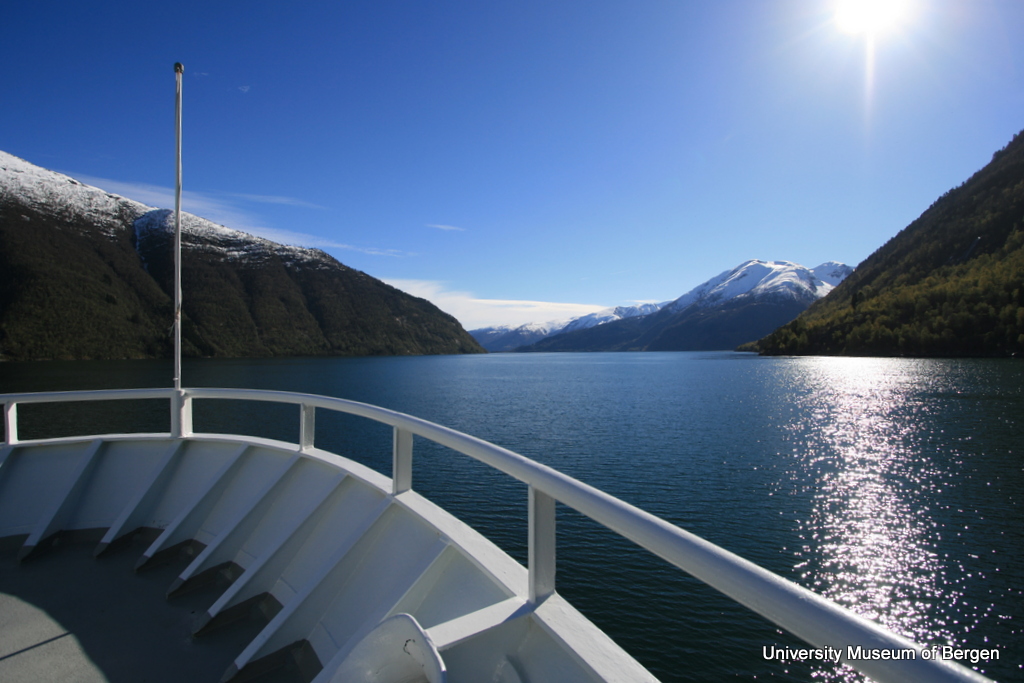
We should maybe also add “one of the most gorgeous” to the description of the fjord
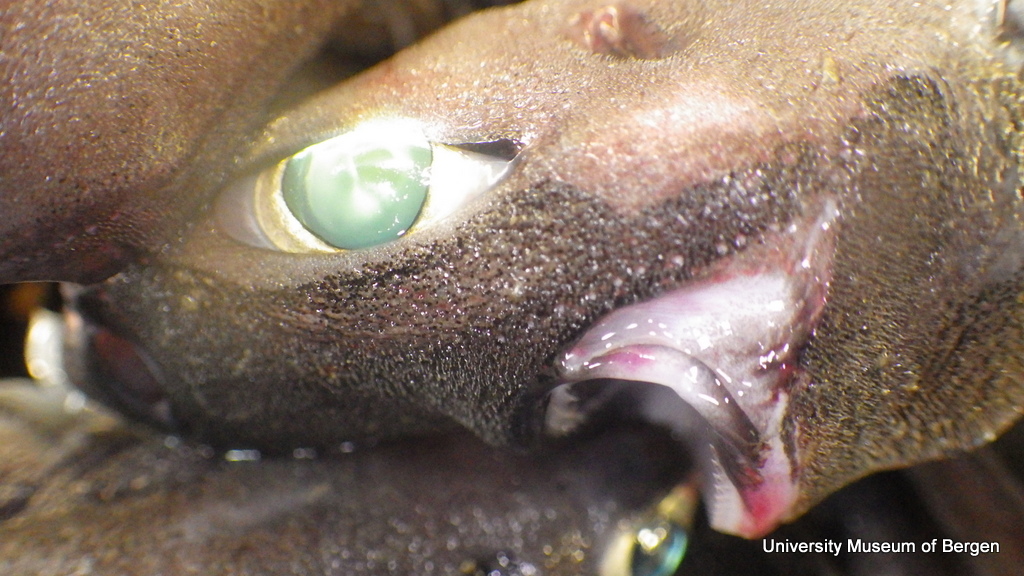
Velvet belly lanternshark, Etmopterus spinax

Henrik and Christoph sorting a shrimp trawl catch on deck
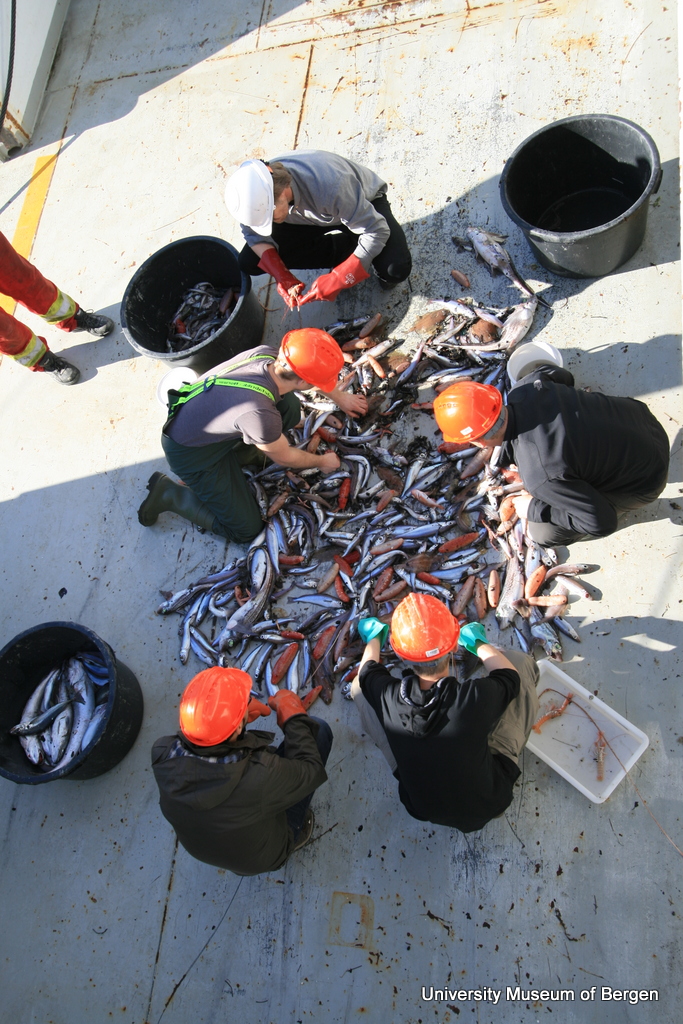
Eager pickings in the trawl catch
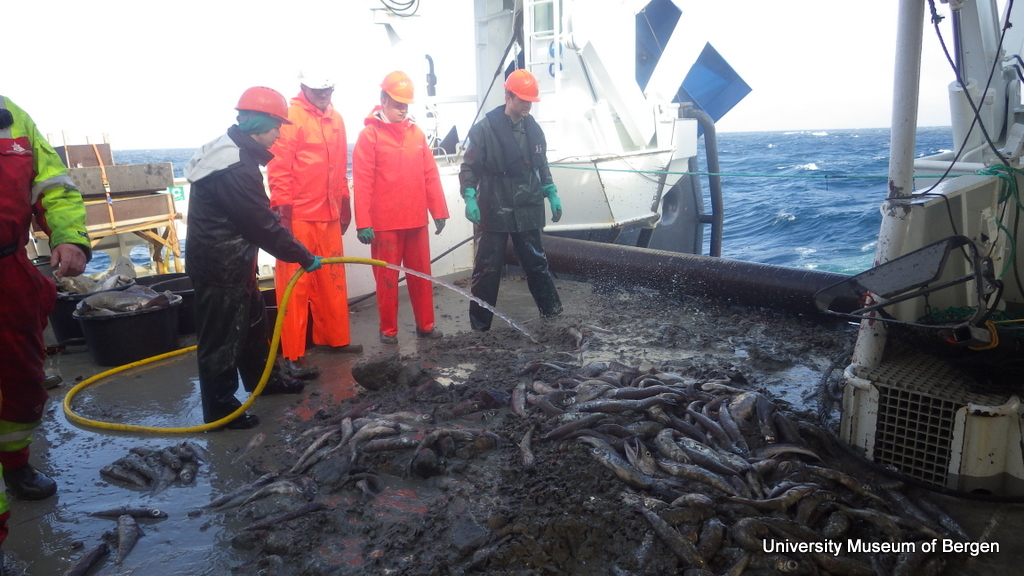
Not all trawl samples go according to plan… this one, taken in the open sea, ended up sampling *a bit* deeper than intended, so we got a lot of benthic animals – and mud. So. much. mud.
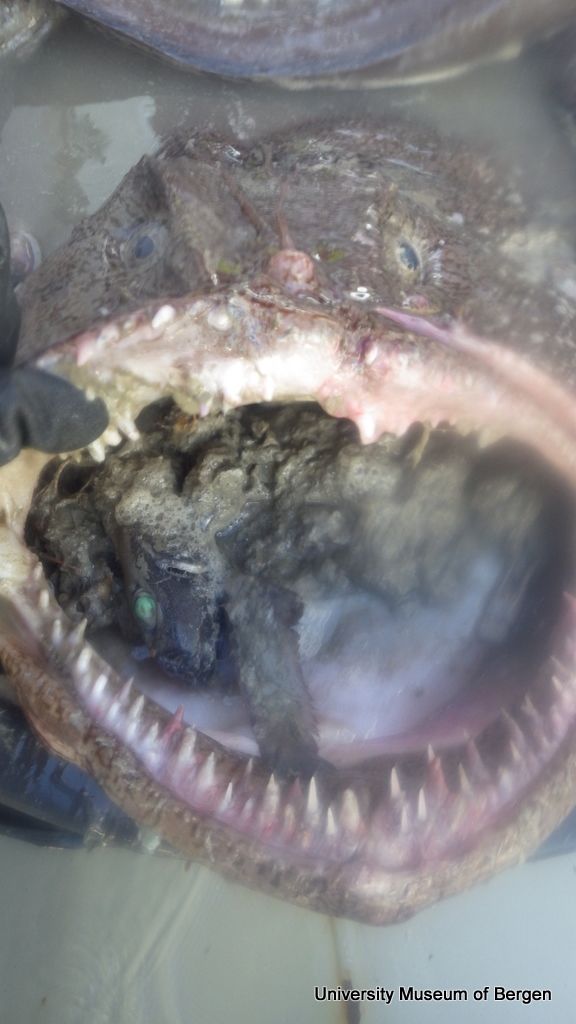
Most novel sampling gear yet? Collecting velvet belly lanternshark by monkfish! (caught in the “benthic” trawl)
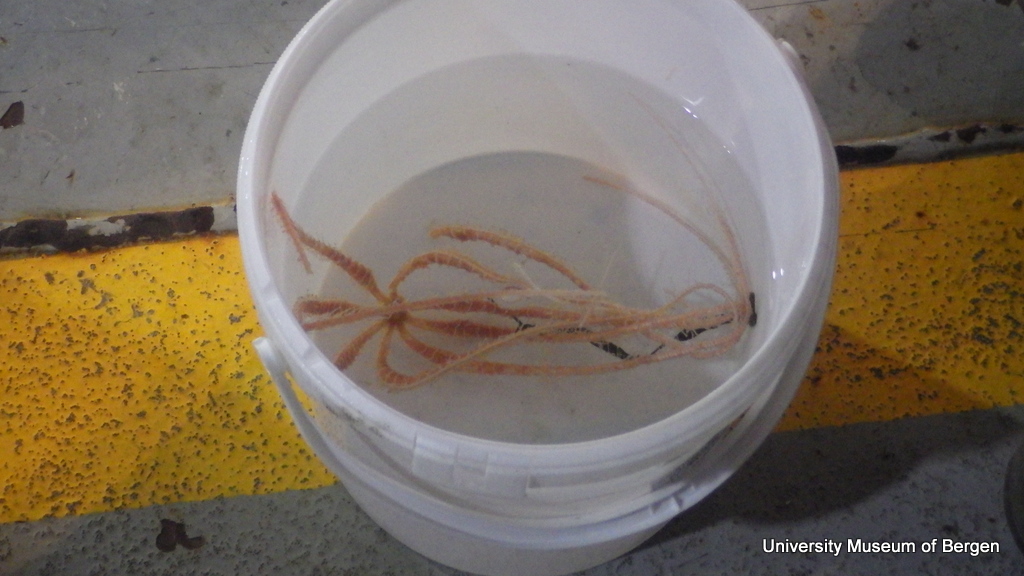
The brisinga sea stars are very fragile – and live deep down.
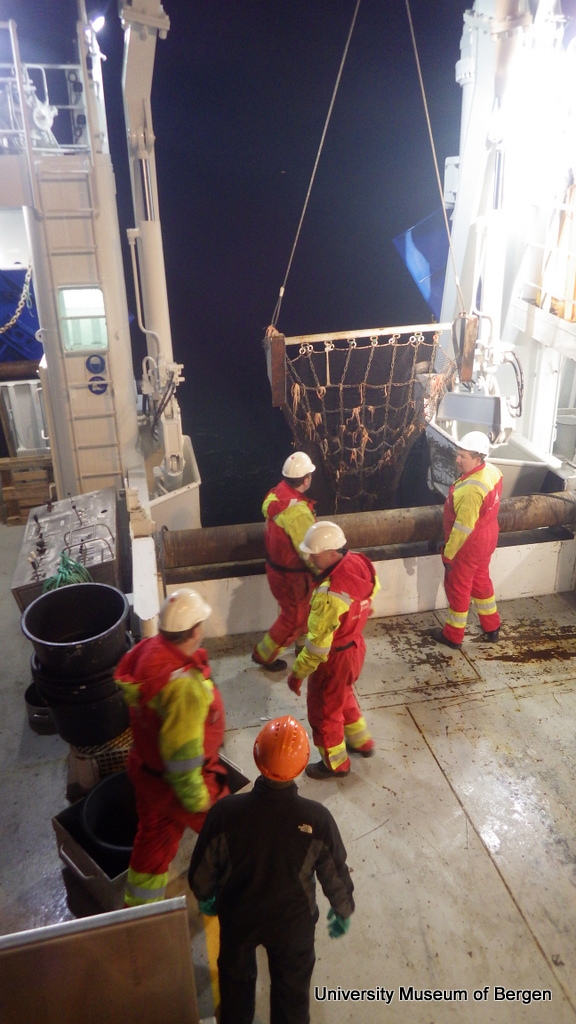
We manged to get some not-too-damaged specimens with a small trawl
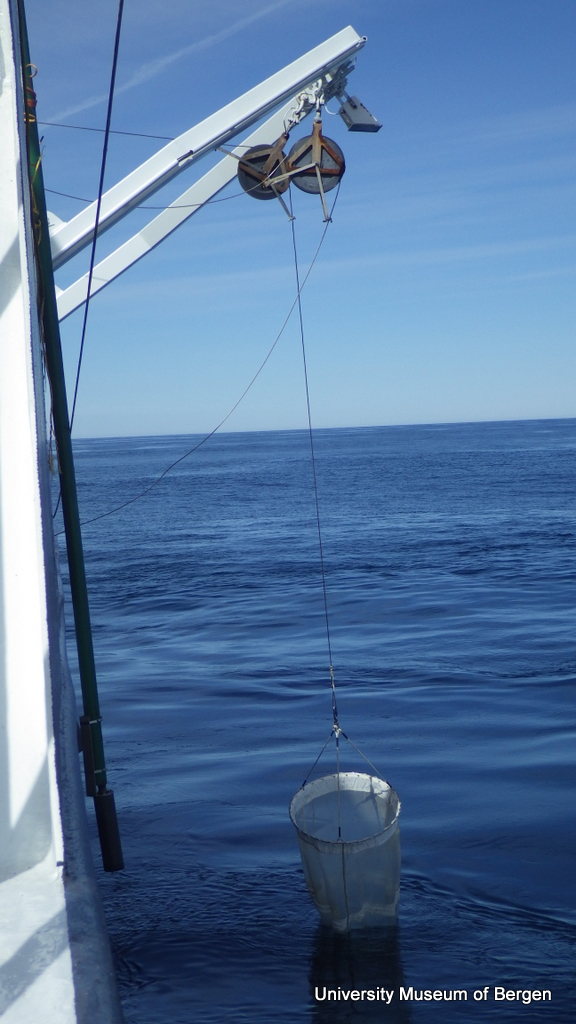
The plankton net going our for collecting
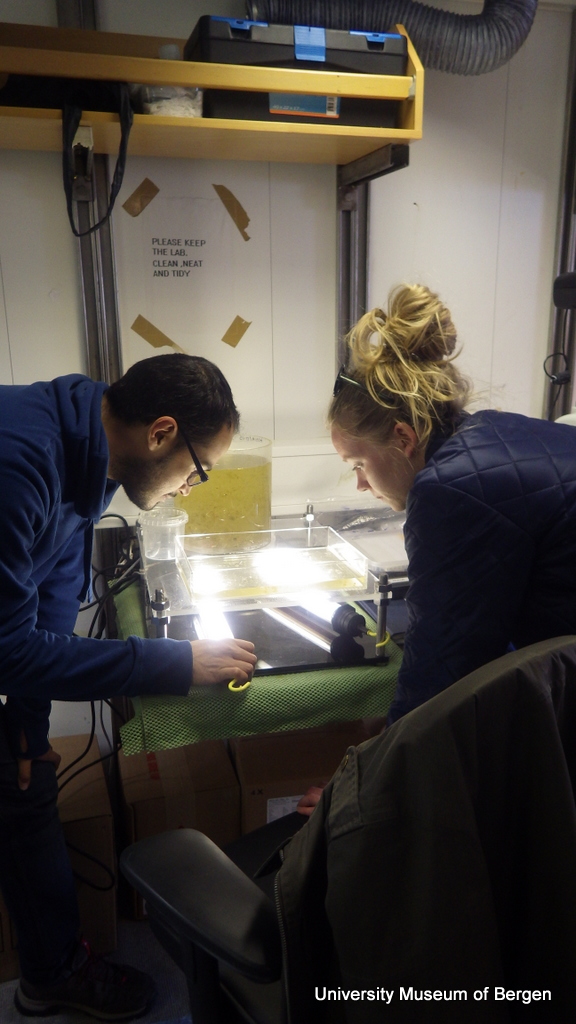
Luis an Marie studying a plankton sample

Plankton
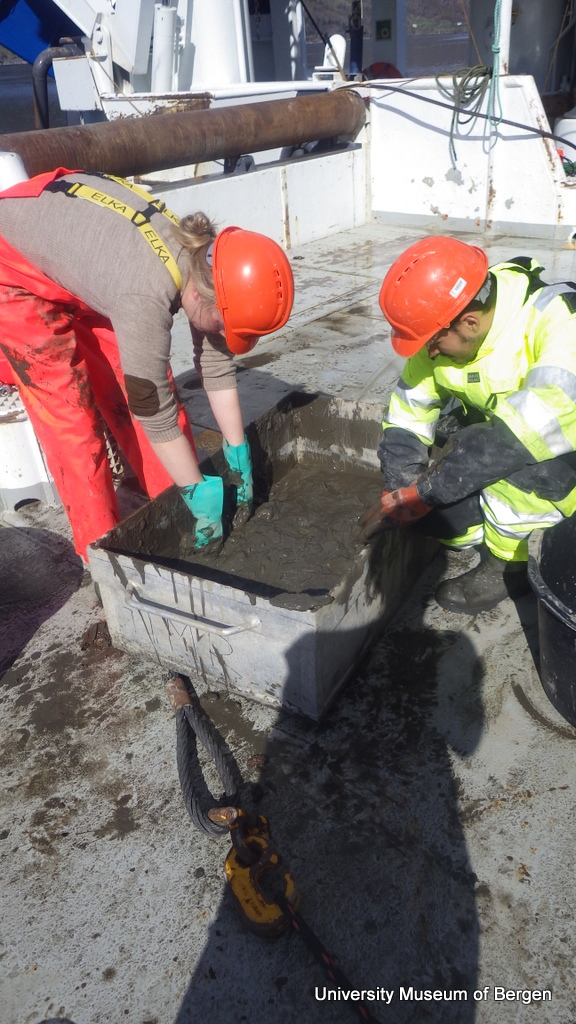
For some reason, my samples seems to involve inordinate amounts of mud – good thing I had good helpers to work through it all!

Cruising in a postcard!
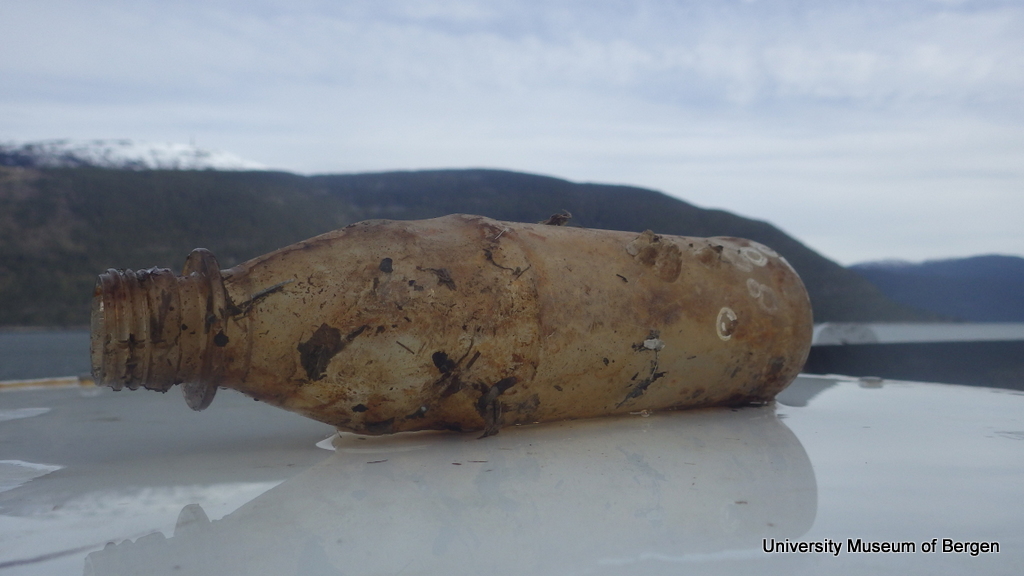
Sadly, plastic pollution was prevalent in Sognefjorden as well – here’s a soda bottle from a sample taken at 911 m depth
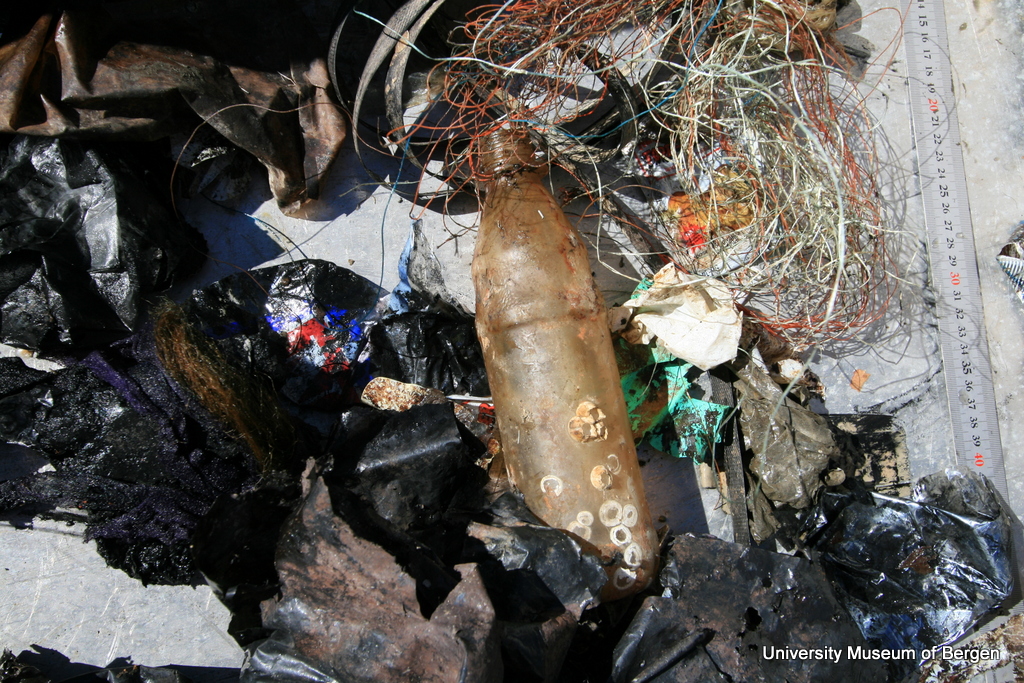
Here is some of the plastic that we ended up with from our sampling, most of it recovered from over 1000 meters depth.
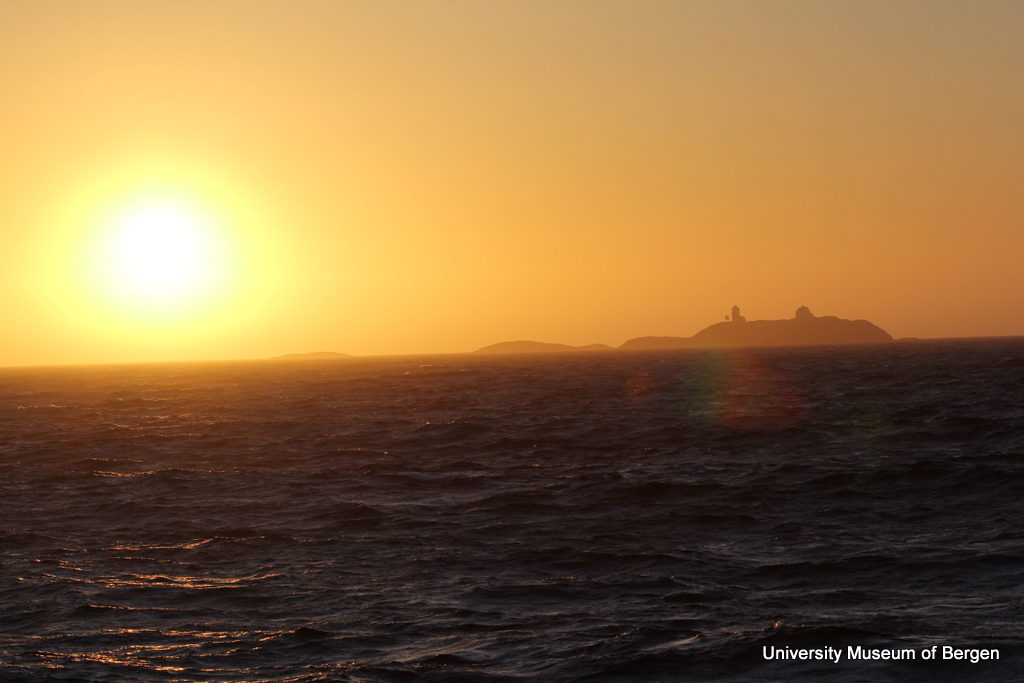
Our final night of the cruise was spent in the mud and the sunset – it’s starting to become a recurring theme!
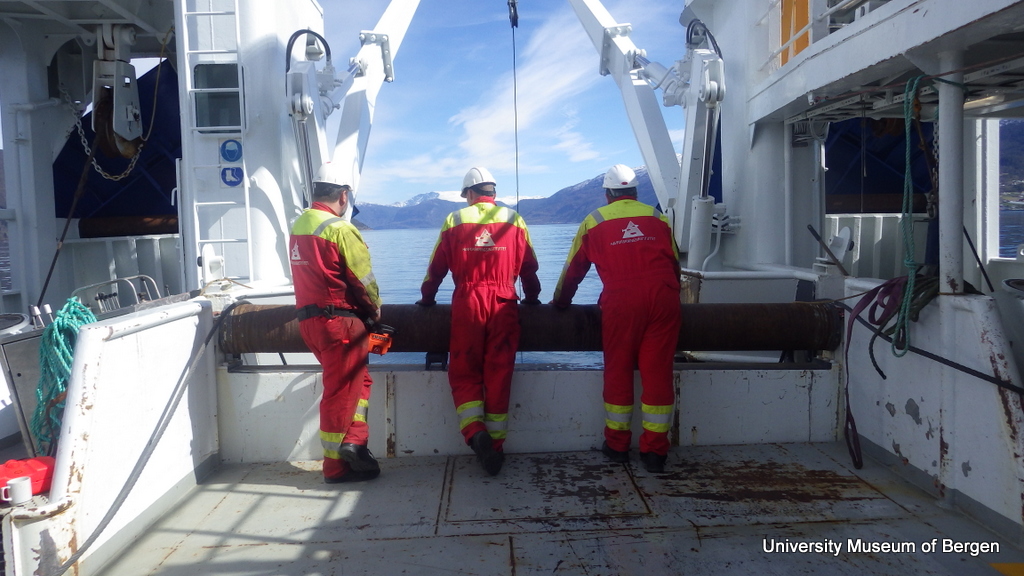
Once again, thank you so much to the crew on Bonnevie for all their help!
-Katrine

